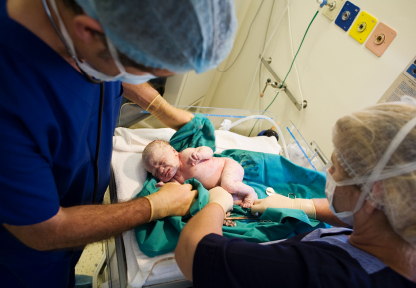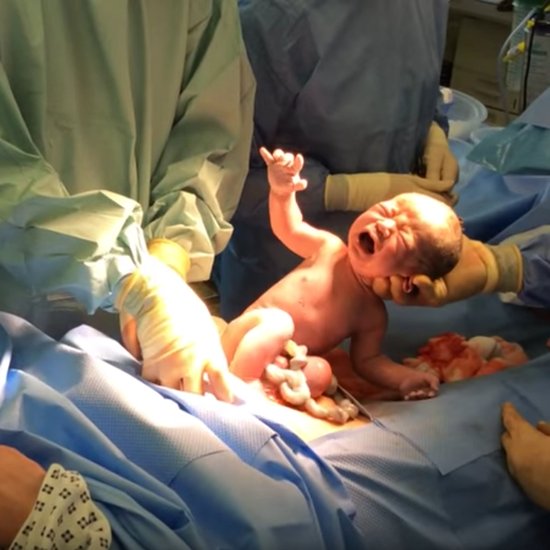Medical technology has made childbirth a much safer experience over the past century for both mother and baby. We have responded to trends in childbirth, such as the need for a more home-like environment in the hospital.
An easy birth and a perfectly executed birth plan is ideal. But we know that even the most carefully planned birth can take twists and turns. In those cases, it's important to be prepared for alternative delivery methods.
There are different Kinds of Childbirth and Delivery Methods:
In a vaginal birth, the baby is born through the birth canal. It's hard to know when exactly you will go into labor, but most women give birth at around 38-41 weeks of pregnancy.
The nation's largest ob-gyn organization recommends that pregnant women plan for vaginal birth unless there is a medical reason for a cesarean. In new guidelines of Obstetricians and Gynecologists says Maternal-request cesareans are especially not recommended for women planning to have several children, nor should they be performed before 39 completed weeks of pregnancy.
Benefits of vaginal delivery:
- shorter hospital stays
- lower infection rates
- quicker recovery
- babies born vaginally have a lower risk of respiratory problems

